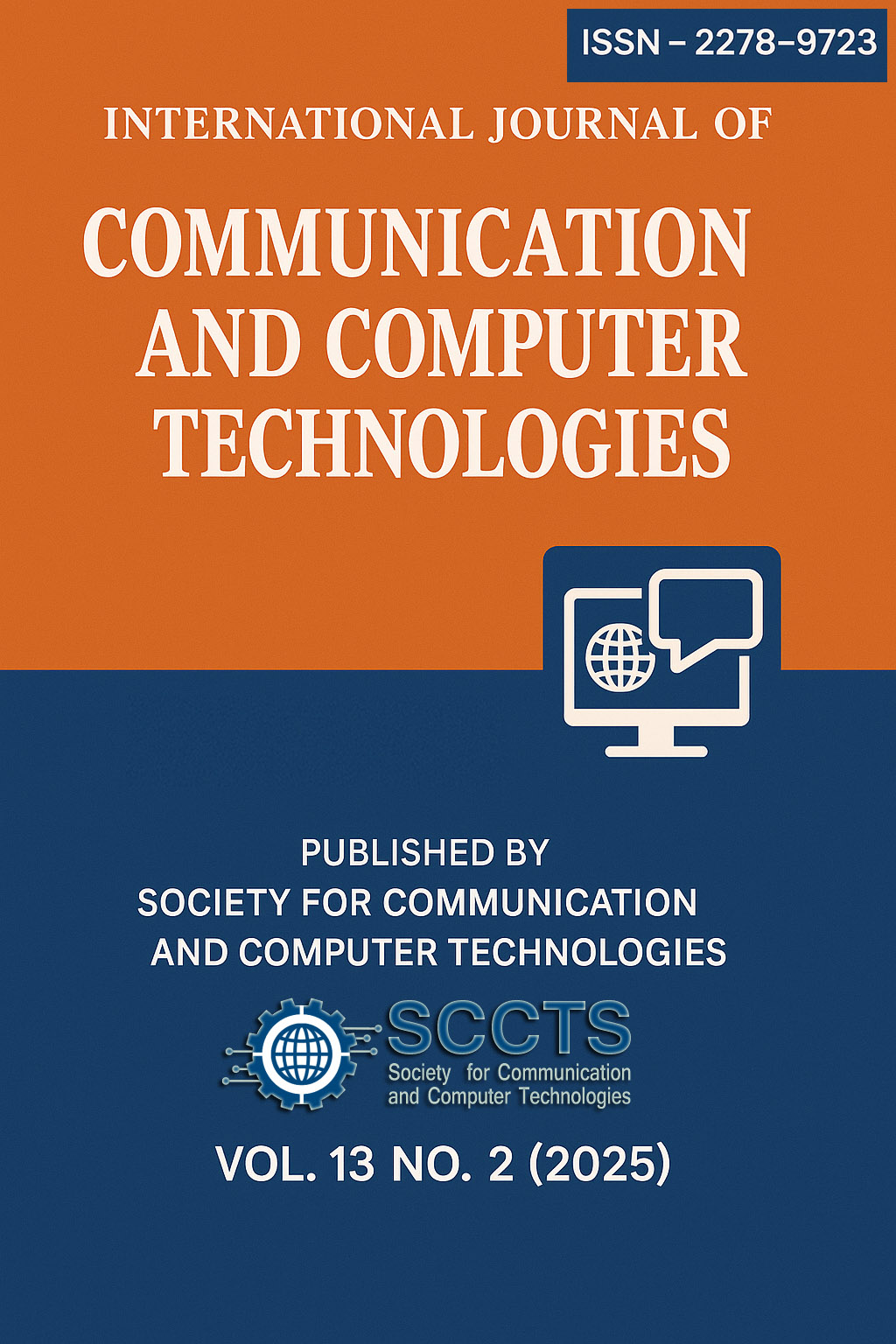Novel IoT Device for Enhanced Security
Keywords:
Auto transfer length extraction, Digital to analog converter, Fast interrupt request, Memory accelerometer module, Serial peripheral interfaceAbstract
In today’s world women are less secure and have many issues regarding their security purpose. They have to undergo among various difficult situations and have to prove themselves every time in all critical conditions. So, for their security and safety purpose government has provided security through rules and regulation to the society. Although there are many existing systems for security purpose need of advanced smart security system is increased. In order to overcome such problems smart security system for women is implemented. This project describes about safe and secured electronic system for women which comprises of an Arduino controller and sensors such as temperature, pulse rate sensor, sound sensor. A buzzer, LCD, GSM and GPS are used in this project. A wire it can be placed to the body of the Victim. So, When the women are in threat, the device senses the body parameters like heartbeat rate, change in temperature, and the voice of the victim is sensed by sound sensor. When the sensor crosses the threshold limit the device gets activated and traces the location of the victim using the GPS module. By using the GSM module, the victim’s location is sent to the registered contact number.
Downloads
Published
How to Cite
Issue
Section
License
Copyright (c) 2023 International Journal of communication and computer Technologies

This work is licensed under a Creative Commons Attribution-NonCommercial-ShareAlike 4.0 International License.





 The articles in Worldwide Medicine are open access articles licensed under the terms of the
The articles in Worldwide Medicine are open access articles licensed under the terms of the 